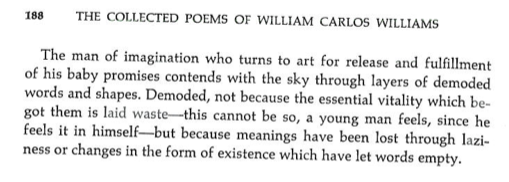Mierle Laderman Ukeles’ Peace Table, serves as the site for convenings on peace, from the personal to citywide to global. Ukeles and the Museum have conceived a series of public programs meant to engage and contemporize some of Mierle Laderman Ukeles: Maintenance Art’s important themes.
Care as Culture is the final convening that brings the perspectives of eco-artists, activists, and experts on climate change together to interrogate and enrich culture’s place in the movements for environmental justice. Reflecting on a hallmark of Mierle Laderman Ukeles’ practice, one goal of the roundtable is to brainstorm methods for coalition building across these disciplines, effectively multiplying the power to confront an environmental, political, and spiritual crisis in our increasingly antagonistic time. How can we create a broad cultural movement to combat the campaign promises of the United States’ incoming administration to dismantle many of the policies addressing the effects of climate change?
To demonstrate the benefits and challenges of coalition building, artists and their interdisciplinary collaborators will present case studies from their own work and brainstorm what future possibilities might exist for this strategic model to continue. These will be followed by a larger discussion with a group of invited eco-artists, activists, and scientists about how successful coalitions can be introduced, and the urgent ways artists can begin the process of coalition building. What prevents us from working together and how can we advocate for change?
Case study speakers include Newton Harrison, The Natural History Museum, Natalie Jeremijenko, and Mary Mattingly. Respondents include Carol Becker, Francesco Fiondella, Allan Frei, Hope Ginsburg, Alicia Grullon, Amy Lipton, Lisa Marshall, Jennifer McGregor, Aviva Rahmani, Jason Smerdon, Stephanie Wakefield, and Marina Zurkow.


